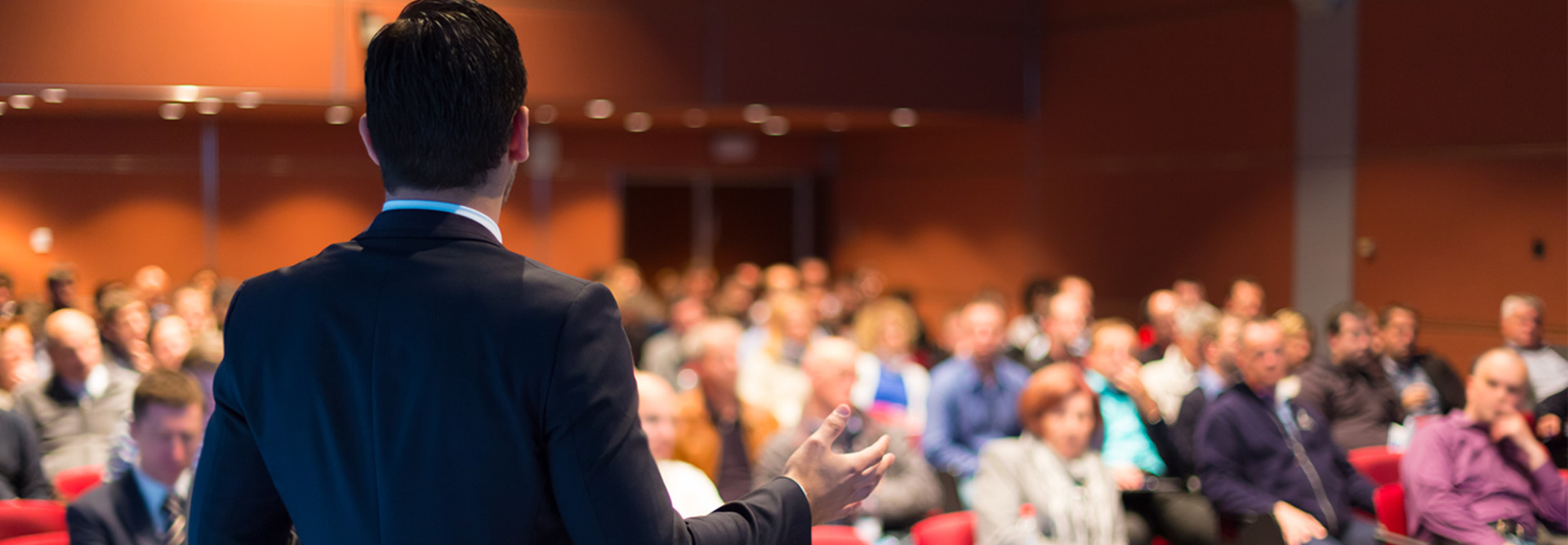UBTech 2018: How to Gain Staff Support for New Classroom Initiatives
The effective marriage of technology and pedagogy is a hot topic on campus, but perspectives likely are different depending on who’s talking. Efforts to help faculty embrace new teaching tools can generate a host of reactions, from excitement to resistance.
But there are ways to increase the likelihood of getting instructors on board. A team from California State University, Fresno, shared several at the 2018 UBTech Conference in Las Vegas. Rudy Sanchez, a management professor and the interim associate vice president for faculty affairs, presented on Wednesday with Mary Paul, a lecturer in CSU’s English department and an Apple Distinguished Educator.
SIGN UP: Get more news from the EdTech newsletter in your inbox every two weeks!
In Pitching a New Teaching Approach, Language Matters
When it comes to embarking on a new approach to teaching, the question of “why” should drive everything, Sanchez said. What’s the motivation to get faculty to adjust the way they teach, sometimes dramatically, to incorporate technology solutions? The institutional perspective may differ from the student perspective, which may differ from faculty and IT perspectives, but all of them matter, Sanchez said: “We have to be able to answer this question for every stakeholder in order for us to move forward.”
For instructors, Paul said, there’s often a sense of speaking a different language from the tech experts on campus. Faculty are focused on their own teaching philosophies, so their concern is whether and how a particular solution might complement their approach, she said.
“We have these really strong beliefs of what our students need to have and how we can reach them, so how can I integrate my pedagogy? How can this technology become a tool for how I want to teach my students?” Paul said.
For other instructors, the clincher may be the ways technology can reduce the cost of a college education or increase access to materials.
Whatever the hook, Paul and Sanchez said institutions should be thoughtful about how they frame an educational technology initiative. To that end, language matters. Pitching an initiative as “innovative” may generate excitement and aspirational goals, whereas calling for “change” may engender fear and concerns about how much work will be involved.
“We understand that it’s going to be the same thing at some level, but the language is important,” Sanchez said.
Similarly, Paul said, faculty may be more receptive to initiatives that ask them to use technology to enrich their teaching, rather than completely redesign everything they are doing. That enrichment can then become “a catalyst to innovate more and more and more,” she said.
Recognize Faculty Efforts to Learn and Adapt
CSU uses the change model ADKAR, a step-by-step theory based on awareness of the need for change, desire to support change, knowledge of how to change, ability to demonstrate new skills and behavior, and reinforcement to make the change stick.
One of the most important steps, Sanchez said, is the last one. CSU gives faculty members formal recognition when they participate in academic technology training, and that’s most effective when it comes from someone such as a department chair, dean or provost.
Another effective common strategy is to start a pilot project with a small group of early adopters, Sanchez said. They, in turn, can then become facilitators to expand the program to others.
In some cases, the best tactic is to recognize that change may simply take time, Paul said, pointing to research literature that describes higher education instructors as relatively slower to innovate. It may be a three-year process to get faculty fully on board, she said, but the shift will eventually take hold.
Understand the Risks at Stake from Faculty Perspective
Before embarking on an academic technology initiative, staff leading the charge should assess their institution’s readiness for change. Past experiences and institutional culture play a part as individuals decide whether they want to personally invest in a change, said Sanchez.
“What’s the history at the institution of these kinds of efforts?” he said. Were they successful? Sustainable? Top-down, with little buy-in from the ranks?
An institution’s tolerance for risk and willingness to embrace failure also are key. Sanchez and Paul emphasized that adapting to new technologies is a learning process and won’t always go as planned. Case in point: Their own display system had a glitch during their presentation, which they used as an example of the kind of outcome that faculty may dread.
“If we’re going to push the envelope on these things, we have to understand that not everything will be successful right out of the gate or at all sometimes,” Sanchez said. “We have to understand that’s OK.”
For faculty members, a reluctance to take such risks in their classrooms can be a barrier to adoption, Paul said. “It’s really very frightening to be a faculty member and go into a roomful of students and potentially fall down in front of them,” she said. “So, really understand that lens and be empathetic with that. There are ways to help faculty fall down and get back up again, but it takes time.”
From Paul’s perspective, the payoff for embracing new teaching strategies has been worth it, as her students are now engaged with creating and sharing content rather than sitting passively in the classroom.
“My days of lecturing are over,” she said.
For more UBTech coverage, check out our event page.









